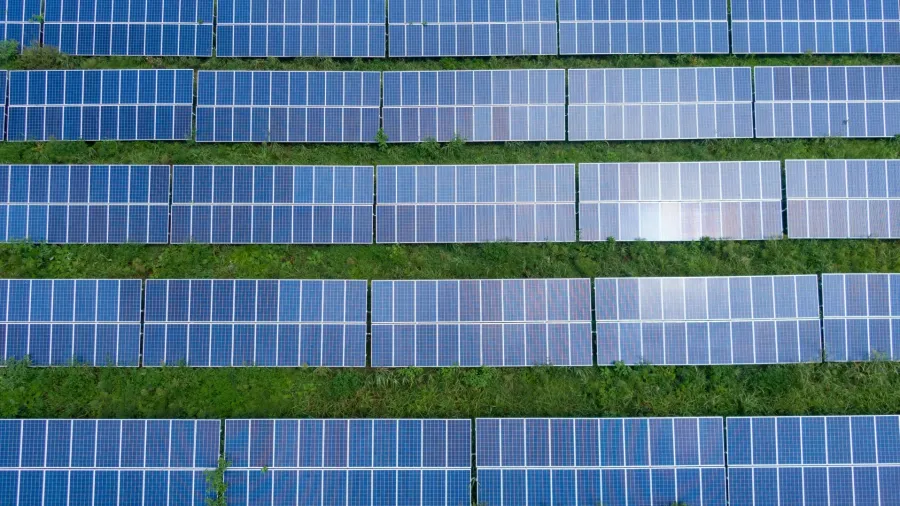
IEEFA urges India to boost utility-scale solar amidst higher electricity demand
It should not only rely on thermal energy.
India should ramp up its capacity for solar energy rather than its thermal capacity as changes in temperature fuel electricity demand, the Institute for Energy Economics and Financial Analysis (IEEFA) said.
In the study “India Feels the Heat: Wet-bulb Temperature Closely Tracks Power Demand,” IEEFA said it used wet-bulb temperature (WBT), a measure of both heat and humidity.
“In the 12 months preceding 22 June 2024, Delhi’s year-on-year peak demand growth was 3.8 times higher at 711 megawatts (MW) on the hottest and most humid days than on days with moderate temperatures (growth of 188MW),” IEEFA contributor Charles Worringham said.
The increase was smaller but still significant during cold and dry days at 506MW, or 2.7 times higher than the growth on moderate days, he added.
Specifically in the northern region, IEEFA observed a “disproportionately high increase” in demand in the last 12 months on hot and humid and on cold and dry days than on those with moderate temperatures, albeit with smaller relative differences than for Delhi.
Worringham said the burden of power generation cannot be borne solely by thermal plants, which are already operating close to peak capacity.
“Scaling up utility-scale solar growth is essential and can be undertaken more rapidly than adding thermal capacity,” he said.
“Acceleration of the rooftop solar programme to increase generation close to loads may become not just desirable but a key component in a series of measures to supply additional power, especially in urban areas. In rural areas, there is still place for locally controlled distributed renewable energy (DRE) to ease the burden on grid power,” he added.
Worringham also cited some measures to moderate demand growth, such as implementing policies to improve energy efficiency.








![Cross Domain [Manu + SBR + ABF + ABR + FMCG + HBR + ]](https://cmg-qa.s3.ap-southeast-1.amazonaws.com/s3fs-public/styles/exclusive_featured_article/public/2025-01/earth-3537401_1920_4.jpg.webp?itok=WaRpTJwE)
![Cross Domain [SBR + ABR]](https://cmg-qa.s3.ap-southeast-1.amazonaws.com/s3fs-public/styles/exclusive_featured_article/public/2025-01/pexels-jahoo-867092-2_1.jpg.webp?itok=o7MUL1oO)









 Advertise
Advertise


